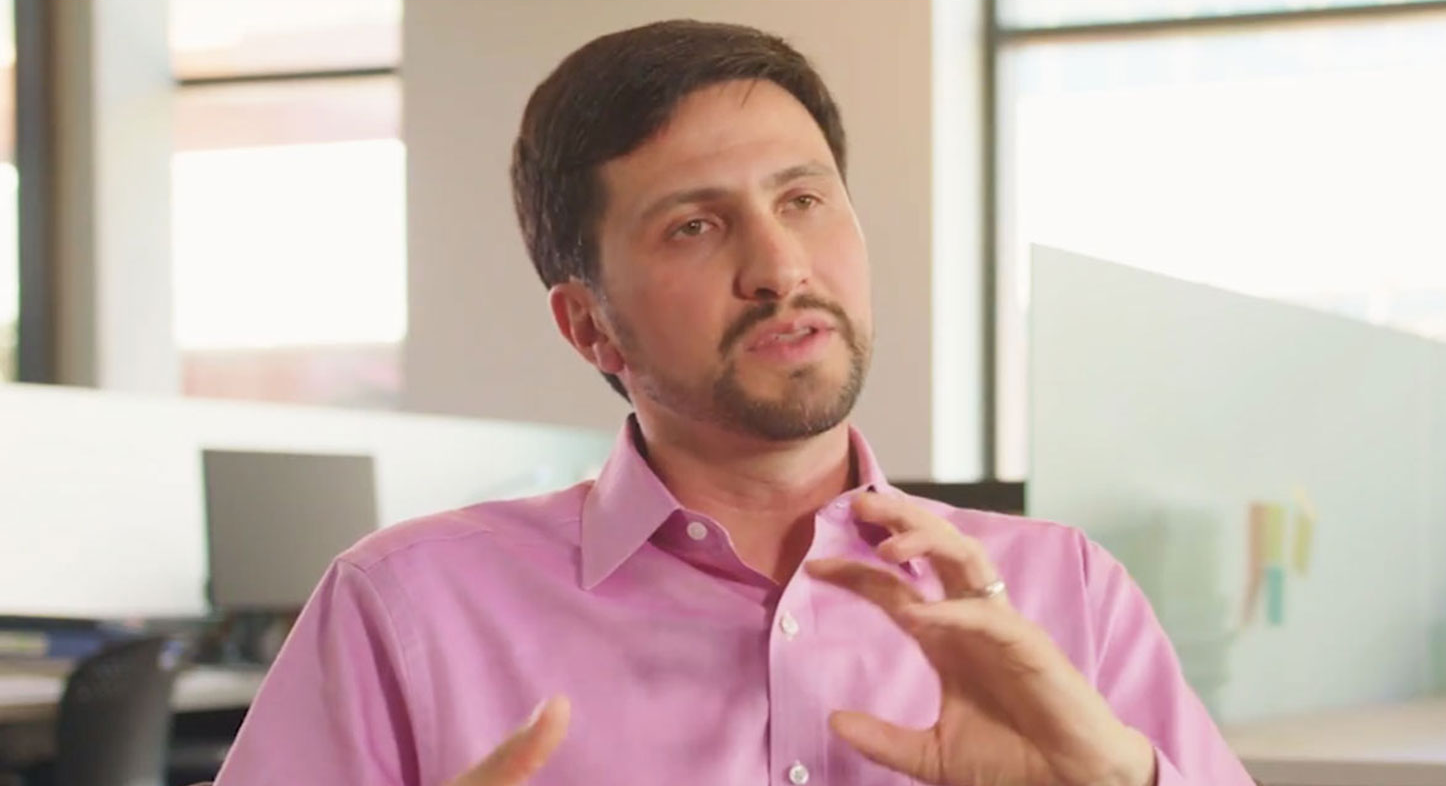What Do You Need to Know About the Bipartisan Infrastructure Agreement?
June 29, 2021 • Atlanta, GA
Baabak Ashuri and Catherine Ross are two of our resident College of Design infrastructure experts. Their expertise in transportation and infrastructure has come up a number of times in the last few weeks as Congress has debated the infrastructure package. When we saw the bipartisan agreement on the infrastructure package that was announced on Thursday, June 24, we called Ashuri and Ross to get their take.
As an expert in the economic sustainability of the built environment, Ashuri works on a number of projects that deal with funding infrastructure improvements. Ross, the director of the Center for Quality Growth and Regional Development, provided key testimony to the House Committee on Appropriations Transportation, and Housing and Urban Development, and Related Agencies Subcommittee earlier this year.
What are the implications of the bipartisan agreement for the average American?
Ashuri: A historical note: 65 years ago on June 29, 1956, President Dwight Eisenhower signed the law authorizing the Interstate Highway System and creating the Highway Trust Fund to finance its construction. The system created the backbone for the U.S. economy, with today’s estimated economic contributions at $19 trillion. But, this great infrastructure needs to be retooled and modernized up to the 21st century standards.
The proposed bill is a step towards the right direction. Seeking long-term, reliable solutions for our infrastructure problems is exactly what the average American needs. Everybody, regardless of their socioeconomic class, will benefit from the enhanced infrastructure in their communities. Every business, no matter how small or big will benefit from improved infrastructure. State and local governments will benefit tremendously from the enhanced funding and financing, which means average Americans’ tax dollars go longer.
And above all, everybody will be a winner when we save lives by improving the safety and resilience of our infrastructure system (think: utilities failure, roadway accidents, etc.).
Is there a wrong way to invest this much money in infrastructure?
Ross: There are millions of ways to get it wrong. How do we get it right? We begin with safety and make sure we repair crumbling infrastructure. We expand mobility options for seniors, rural communities, lower-income communities and utilize emerging technologies to improve system productivity. We employ analytics that references infrastructure investment to economic markets and opportunities locally, regionally, nationally, and globally. We assure investment, so freight mobility is monitored and continuously improved. We fund investments that mitigate climate change and cleaner sustainable energy sources must become a hallmark of our investment strategy.
Is the price sticker placed on this effort likely to change once projects get underway?
Ashuri: It is possible. However, following best practices in project planning and project control will help deliver projects on time and on budget, which is critical to gain and maintain the public trust. There are great project management tools that the industry can use to make sure that the proposed infrastructure projects have clear scope. Innovative project delivery systems, such as design-build (DB) and public-private partnership (P3), should be utilized as high-performance contracting have proven to be effective in enhancing the quality of the final facilities and developing the projects faster and cheaper.
Smart risk allocation needs to be considered to identify, analyze, and mitigate the risks in infrastructure development. Public involvement is also key to build coalition to engage people in project development and increase the support for the project. In fact, I believe we at Georgia Tech have a great opportunity to disseminate knowledge and best practices to the industry stakeholders, especially owners of capital programs.
What is the most critical component of the agreement?
Ross: The definitive bill still needs to be drafted. There are few specifics, and this is the most critical component yet to be articulated and written.
What do you think should be the first step in this project? What gets fixed first?
Ashuri: I strongly believe that the infrastructure decision-making must be a rigorous data-driven process. Infrastructure prioritization must be done based on a systematic infrastructure asset management system. There are great examples of the asset management systems in place in all sectors.
At Georgia Tech, we can make public and private infrastructure owners familiar with the fundamentals of asset management, including condition assessment, performance degradation, forecasting costs and benefits, and decision tree analysis for selecting the most optimal improvement strategies.
What are your favorite parts of the legislation?
Ross: My favorite parts are the initiatives that include reliable high-speed internet for all Americans, constructing the electric vehicle infrastructure, improving crumbling infrastructure, energy efficient mobility options, and transit.
Our Experts

Baabak Ashuri
Baabak Ashuri is a Professor in Schools of Building Construction and Civil & Environmental Engineering. He is also a Fellow of Brook Byers Institute for Sustainable Systems at Georgia Tech where he is the director of the Economics of the Sustainable Built Environment (ESBE) Lab.
His research has focused on quantitative methods for construction engineering and infrastructure management with important contributions in the areas of construction analytics, innovative project delivery, and evaluation of sustainable and resilient infrastructure systems.

Catherine Ross
Catherine L. Ross is Harry West Professor in the School of City & Regional Planning and Director of the Center for Quality Growth and Regional Development (CQGRD) at the Georgia Institute of Technology. She is Deputy Director of Georgia Tech’s Tier 1 University Center for Transportation System Productivity and Management, a $14 million research program.
An internationally known transportation and urban planner, Ross is one of the world’s expert on Megaregions and sustainability. Her research interests and areas of expertise include transportation planning/impact analysis; regional planning and development; land-use planning; sustainable development and quality growth. Her current research examines freight impact and passenger mobility options for cities and regions including examination of the increasing role of e-commerce and emerging technologies. Her work includes a multidisciplinary focus on resiliency, sustainability and inequality.